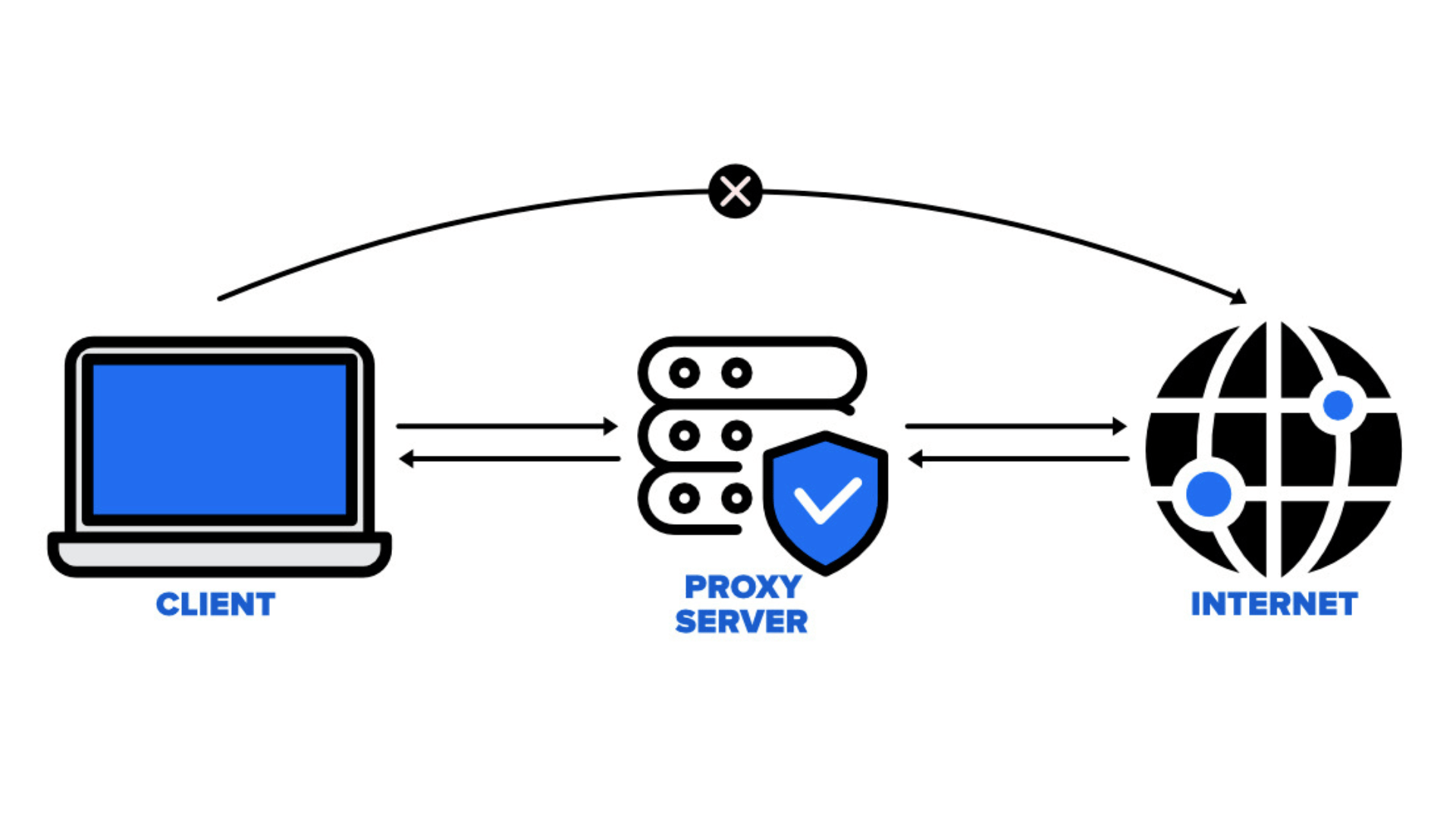
What is a Proxy Server? And their Benefits
What is a Proxy Server?
Proxy servers are routers or devices that serve as a bridge between users and the internet. The user sends requests to the target server, which obtains the response and transmits it back to the user. Access control, performance, privacy, and security are all improved by this procedure.
It assists in keeping hackers out of a private network. Because it acts as a mediator between end users and the websites they visit, this server is known as an “intermediary.”
Benefits of Using a Proxy Server
1. Privacy:
Hides the user’s IP address from websites, making online activity harder to trace.
mask location to help get around geo-restrictions.
2. Security Enhancement :
Acts as a firewall to filter malicious traffic and stops cyber threats.
Encrypts traffic to protect sensitive data.
Stops direct exposure of internal networks to the internet.
3. Access Control & Content Filtering:
Companies and schools use proxies to block access to specific websites
(For e.g. social media and gaming).
Can apply security policies by preventing users from visiting unsafe websites.
4. Bandwidth & Performance Optimization:
reduces load times by caching commonly accessible material.
compresses data to maximize bandwidth utilization.
prevents network congestion by balancing traffic loads.
5. Bypassing Restrictions & Unblocking Content:
Access region-locked content (e.g., streaming services, news sites).
Work around limitations imposed by governments or organizations.
Common Use Cases of Proxy Servers
1. Personal Privacy & Security:
Individuals use proxies (like VPNs) to browse unidentified and protect personal data.
2. Corporate Network Security:
Businesses use proxy servers to monitor and control employee internet usage.
Protect internal servers by masking their IP addresses.
3. Content Filtering & Parental Control:
Schools and parents use proxies to restrict access to inappropriate or distracting websites.
4. Market & Competitive Intelligence:
Companies use proxies to scrape data from competitors’ websites without being blocked.
5. Ad Verification & Fraud Prevention:
Proxies are used by advertisers to ensure that their advertising appear correctly in various geographical locations.
6. Faster Web Access & Load Balancing:
Organizations cache web pages to serve them faster to users.
Load balance requests across multiple servers to secure efficiency.
Types of Proxy Servers

- Forward Proxy – Used by clients to access external resources.
- Reverse Proxy – Used by servers to handle incoming requests and distribute traffic.
- Transparent Proxy – Does not modify requests; used mainly for content filtering.
- Anonymous Proxy – Proxies are used by advertisers to ensure that their advertising appear correctly in various geographical locations.
- Elite Proxy – Completely hides user identity and proxy presence.
- SOCKS Proxy – Works with various types of traffic (email, FTP, etc.).
- Web traffic is specifically handled by the HTTP/HTTPS Proxy.
Read related Blog Post: IP Addressing and Subnetting: A Quick Guide: What is a Proxy Server? And their Benefits







